What is eco-brutalism? The naturalistic planting that pairs perfectly with brutalist design, and how you can get in on this emerging trend
The angular concrete shapes of this modern architectural movement work beautifully when enhanced by natural planting for a softer edge
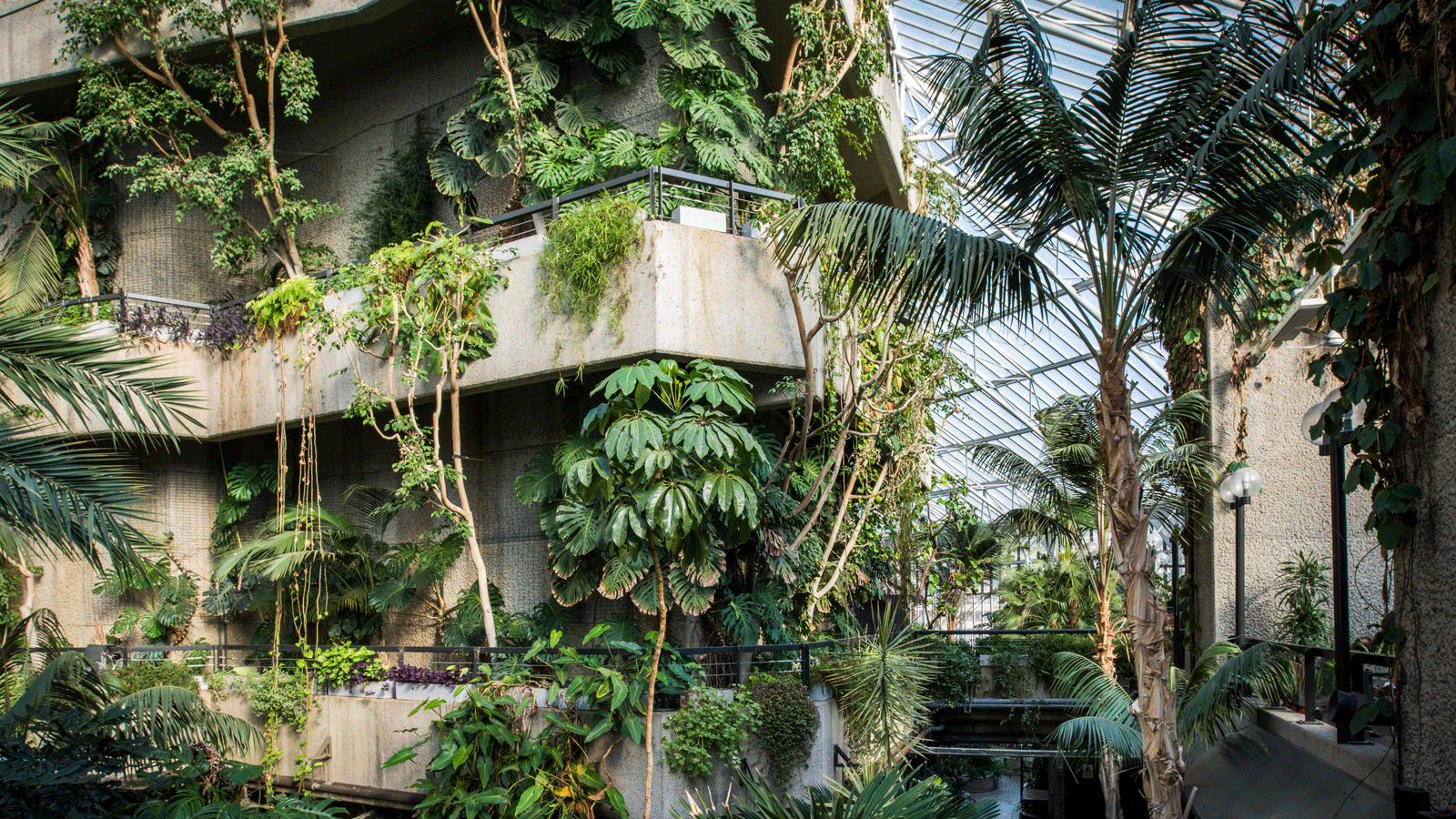
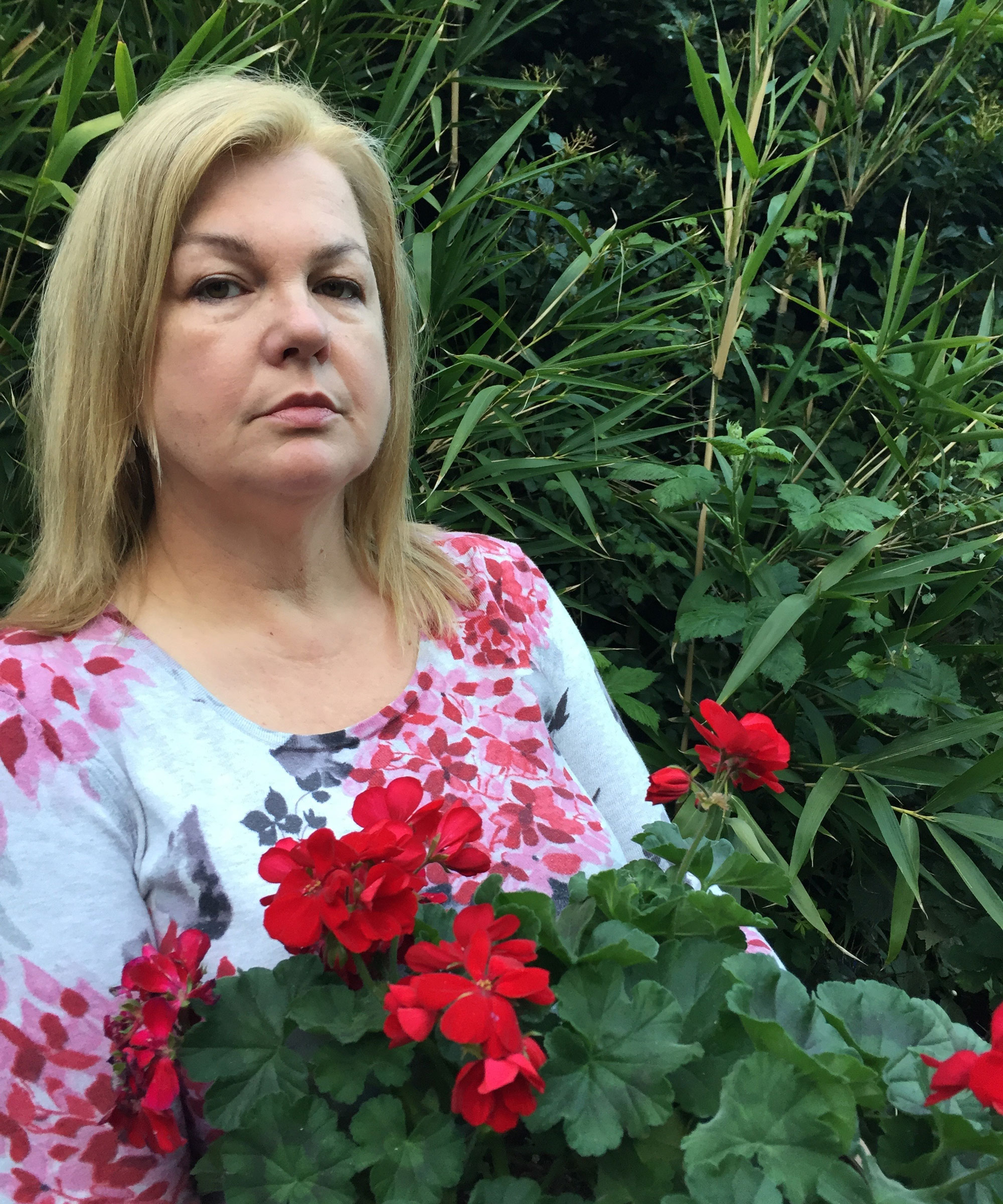
At first look, traditional brutalist architecture doesn't feel like an easy fit with plants and nature. But this paradoxical relationship is part of the appeal, hence the buzz around the term eco-brutalism at the moment. Drape concrete in lush green foliage and it takes on new qualities, softening the harshness of angular buildings as an answer to the search for more sustainable design principles.
It's no surprise that with its organic feel and emphasis on planting, eco-brutalism is one of the key garden trends for 2025. Planted courtyards, rooftop gardens, green walls, and other urban greening projects are all helping to blur the lines between the built world and nature.
As part of this movement, the divide between indoor and outdoor living is fading, making nature more an integral part of our everyday life. We take an in-depth look at what exactly eco-brutalism means, and how you can tap into this movement as part of your own sustainable garden ideas.
What is eco-brutalism?
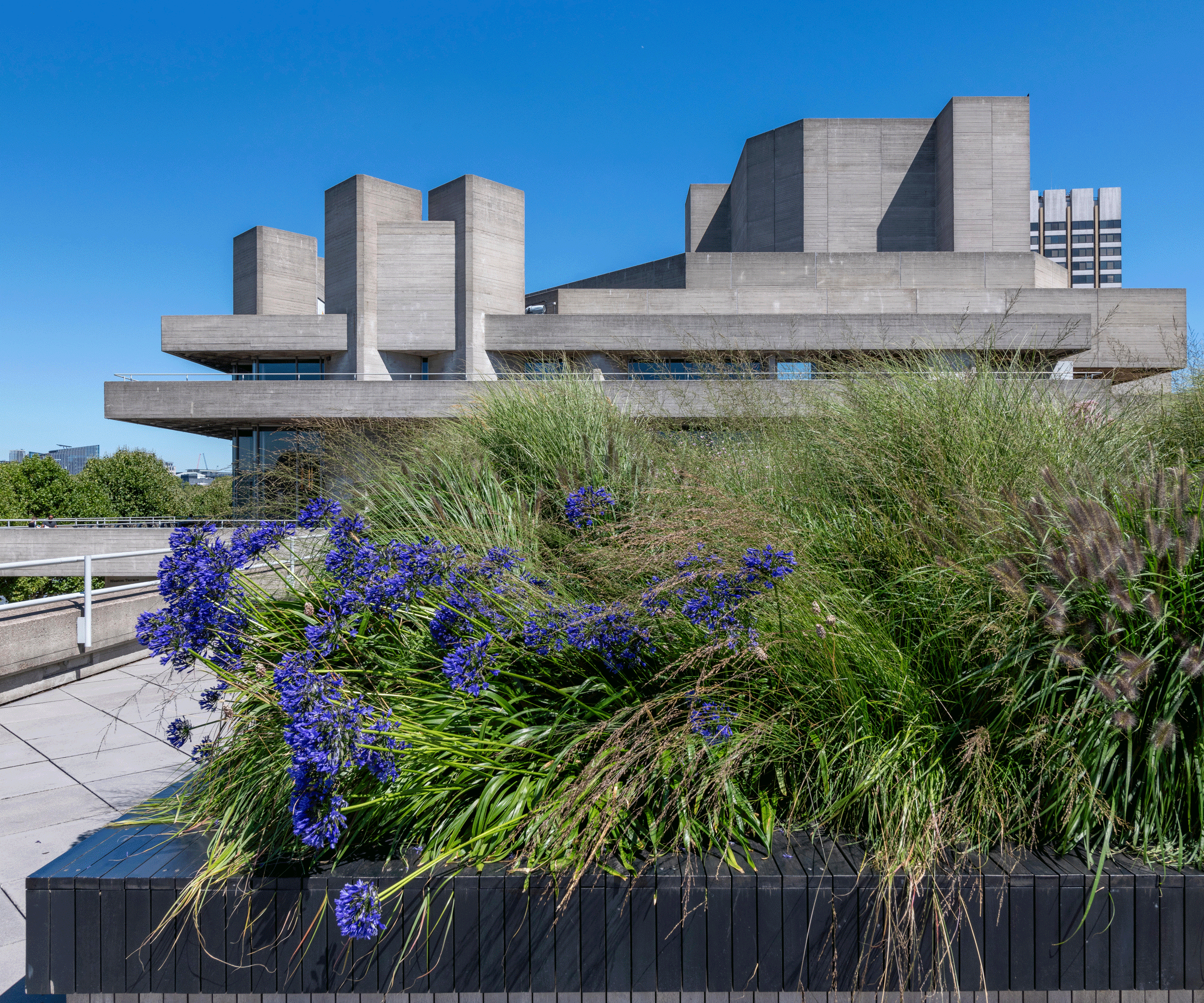
The stark brutalist dimensions of the National Theatre in London, UK, is softened by waves of textured planting. Architect: Denys Lasdun
'Eco-brutalism is an emerging design trend that blends the raw, unrefined aesthetic of brutalism with a focus on environmental sustainability,' explains London-based architect Graham Ford. 'It's an architectural style that emphasises the use of natural materials and sustainable building practices while maintaining the industrial feel of traditional brutalism.'
Eco-brutalism is a modern evolution of brutalism, the mid-20th-century architectural style made famous in Western Europe, and particularly in Britain, initially with the construction of the National Theatre in London by the architect Denys Lasdun.
'The style was characterised by its use of raw concrete, exposed structures, and geometric forms,' says Graham. 'In fact, Lasdun designed some of his walls to encourage the growth of lichen and moss, perhaps an early iteration of the concept of eco-brutalism.'

Graham is the founder of Graham Ford Architects and has over 22 years' experience working on residential, academic, sustainable and commercial projects including the London 2012 Olympic Games. He's the author of The Total Environment Masterplan and has lectured at the Universities of Manchester, Reading and Portsmouth.
Why is eco-brutalism trending?
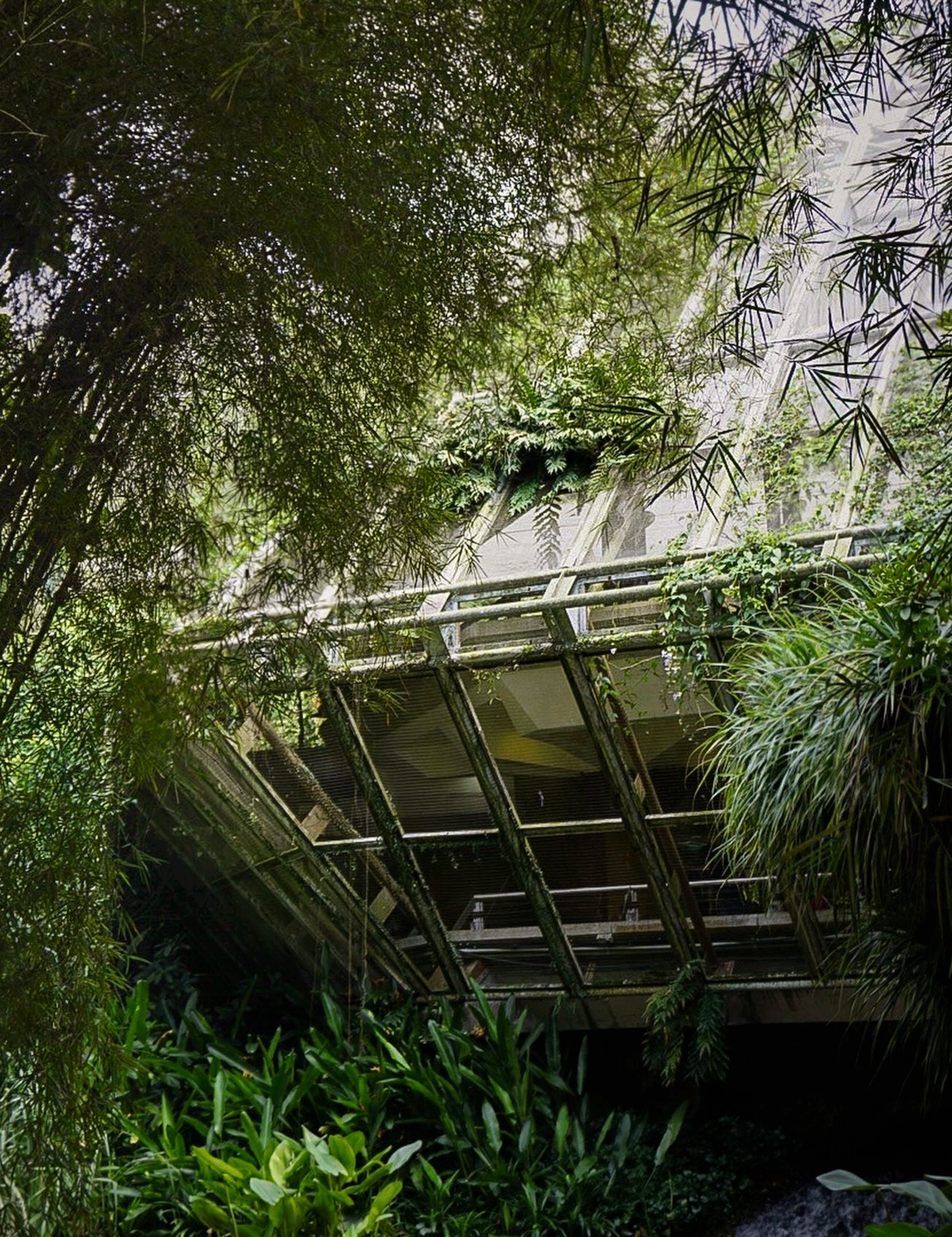
The hanging gardens and angular building of the Jurong Bird Park in Singapore. Architects: John Yealland and J Toove
Plant-based architecture is clearly having a moment. 'Brutalism has undergone something of a revival in recent years,' says design expert Alice Finney in her introduction to the book Brutalist Plants, available here from Amazon.
'Garnering the respect and admiration of a new generation of aficionados using social media as a platform to share their knowledge, images of renovated concrete bunkers, sculptural office blocks and residential skyscrapers are shared and emulated.'
What’s most exciting, though, is that this new cohort of brutalism lovers seek to go beyond the aesthetic preoccupation with the movement and, spurred on by the environmental crisis, address how heritage buildings might be future-proofed by way of adaptive reuse and renovation.
'Instagram, Reddit and TikTok have become Petri dishes for the cultivation of nature and buildings,' explains Alice. 'They serve as fertile ground for new concepts, such as the viral hashtag #ecobrutalism. This is loosely defined as a modern hybrid architectural style that combines traditional man-made reinforced concrete buildings with the natural world.'
Eco-brutalism is a good fit for other key garden trends in 2025 such as repurposing materials, vertical greenery and biophilic spaces.
What are the benefits to biodiversity?
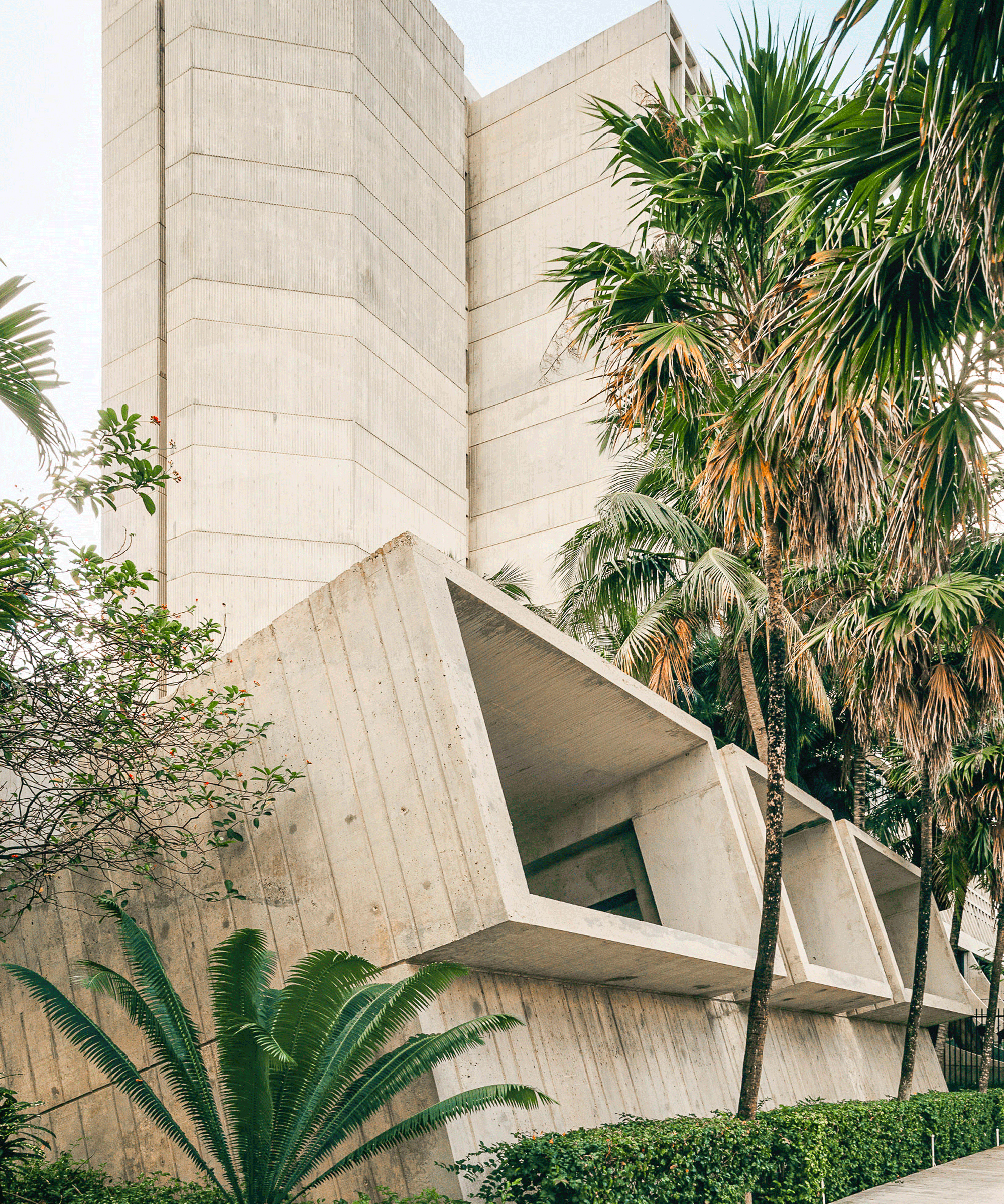
Tropical planting paired with concrete design at the Mailman Center for Child Development, University of Miami, FL. Architect: Hilario Candela
The clue is in the name, with this type of brutalist style strongly associated with a more sustainable way of living. Introducing a green roof or living wall are popular concepts in eco-brutalist design due to their environmental benefits in addition to contributing to a building’s overall aesthetic.
'Brutalism often embraces functionality over decoration,' explains Graham Ford. 'Eco-brutalism maintains the unadorned qualities of brutalism but introduces an eco-conscious philosophy.
It integrates sustainable materials such as reclaimed wood, recycled metal and natural stone. The goal is to create spaces that are both functional and sustainable, reducing the environmental impact of the built environment.'
The use of trees, plants, and other greenery transforms brutalist structures into eco-brutalist ones. Where plants flourish, wildlife garden ideas invariably follow, thus enhancing eco-brutalism's green credentials.
How to find the right mix of plants
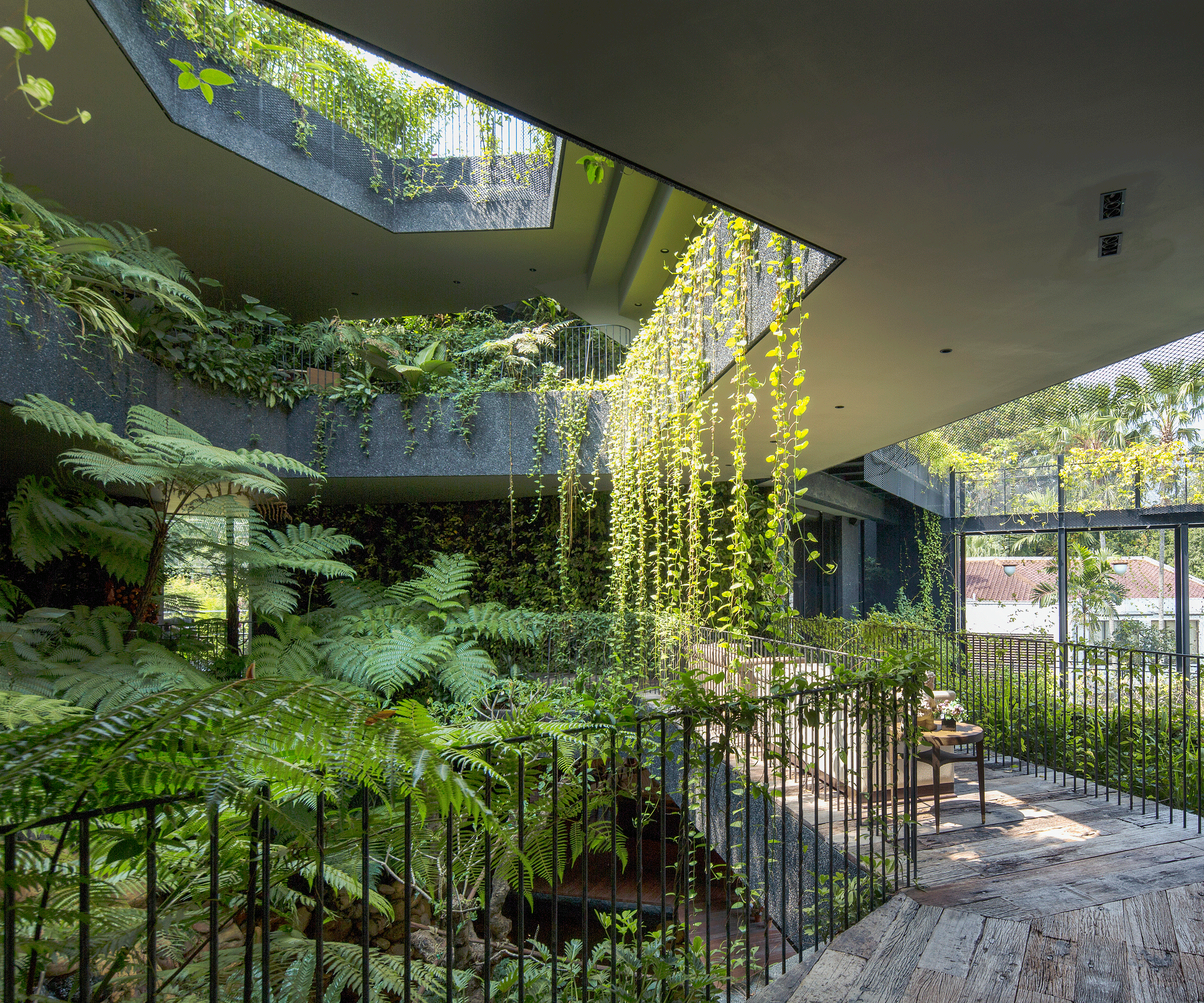
Tropical planting in eco-brutalist design at Cornwall Gardens House, Singapore. Architect: CHANG Architects
The best plants for eco-brutalism tend to be ones that are native and drought-tolerant, as choosing plants that need lots of water is neither practical nor sustainable. Native shrubs can provide structure and texture, helping to define outdoor spaces and create visual interest in an eco-brutalist design.
The selection of plants for eco-brutalist designs focuses on those specifically adapted to the climate, with minimal inputs and easy maintenance.
Sculptural plants with bold, varying forms such as native grasses and ferns help to create a jungle effect. Cascading plants that create a 'hanging garden' look are also a signature of eco-brutalist designs
'Throw in a gravity-defying shrub, a reaching evergreen, or some fanned foliage, and the harshness of brutalism is instantly softened, reminded that its home is our green planet,' says Olivia Broome, author of Brutalist Plants. 'Plants offer a counterpoint, grounded in the silt and earth from which these forceful structures were built.'

Olivia Broome has a global online following for her Brutalist Plants account @brutalistplants, which was sparked by an interest in curating images she could not find elsewhere. A tree is planted for every copy of her book purchased through @hoxtonminipress.
5 of the best plants for eco-brutalism
1. Virginia creeper
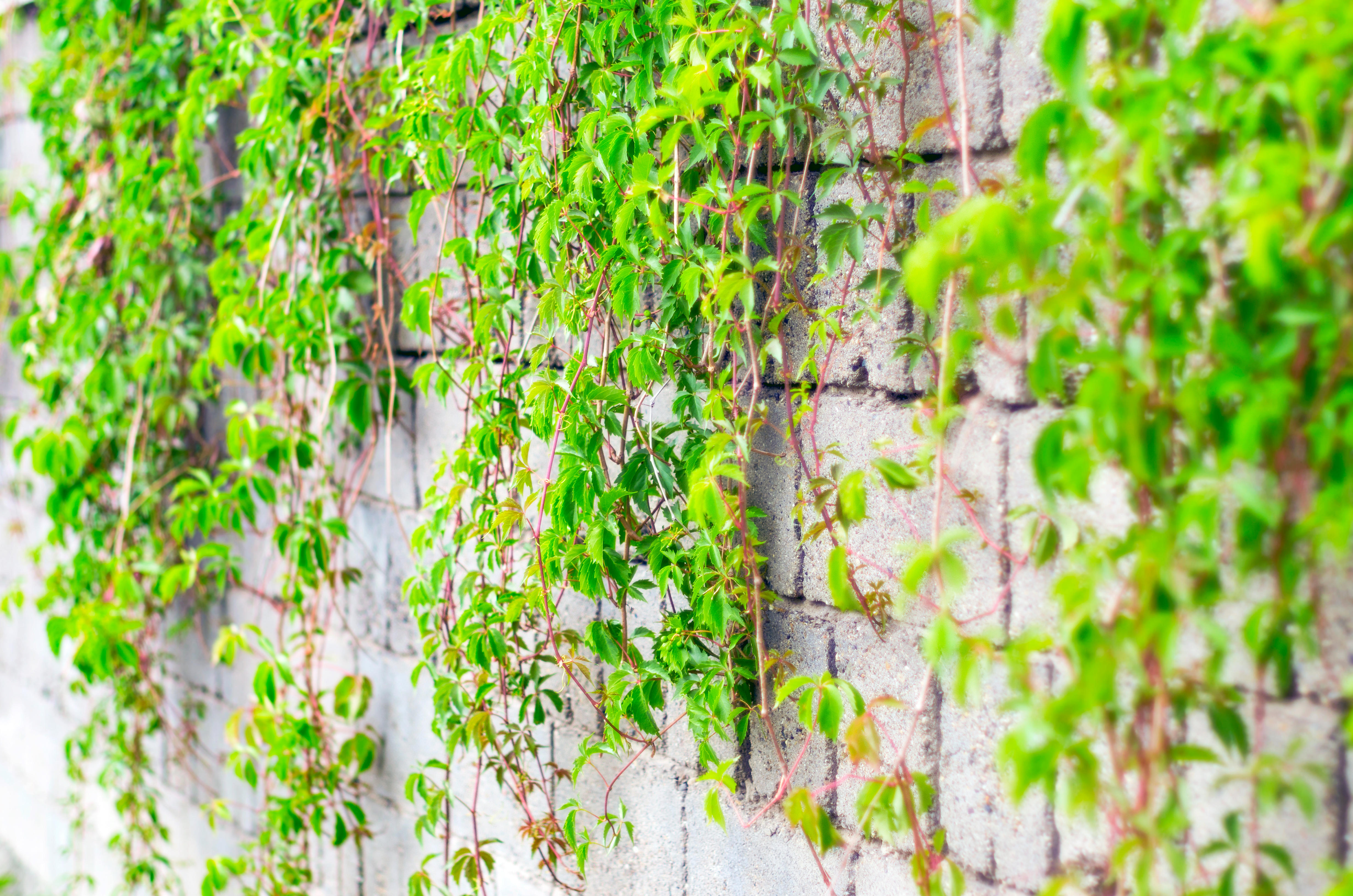
If you like the idea of draping concrete walls with greenery then here is the ideal climbing vine to achieve this effect. Virginia creeper is a native plant that is one of the easiest climbers to grow if you're looking for ideas how to cover a wall.
The leaves are green for most of the year but there's the added benefit of a blaze of rich color once fall arrives to mix up the look. Find a Virginia creeper plant here at Nature Hills.
Thriving in USDA zones 4-9, and tolerating both sun and shade, it's a low-maintenance choice apart from needing an occasional tidy-up with the pruning shears to get the close cropped effect synonymous with many eco-brutalist planting designs.
2. Ostrich fern
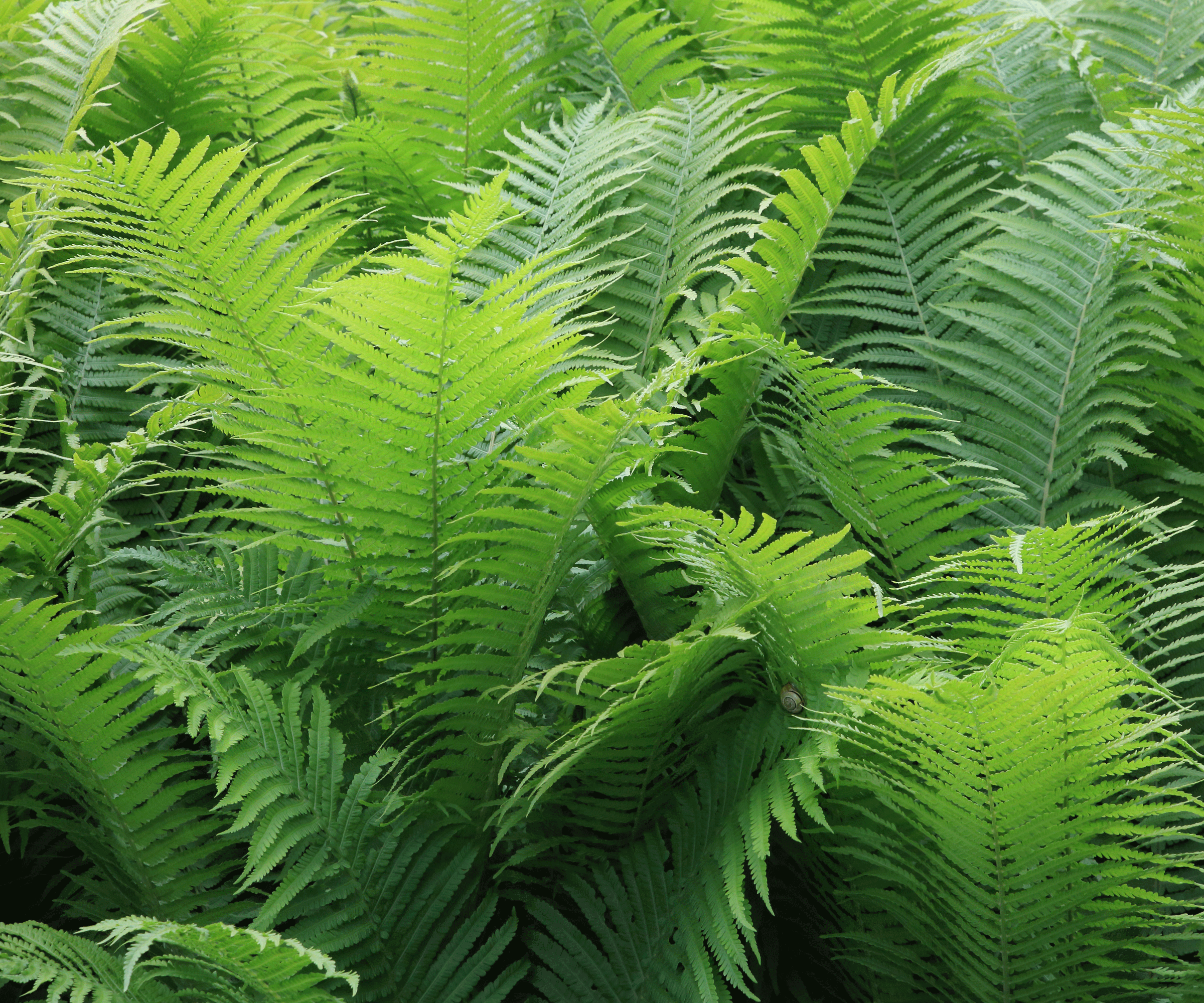
Ostrich fern is a good choice if you want to cultivate the jungle aesthetic that's an instantly recognisable element in eco-brutalist planting.
A beautiful native fern that will quickly spread around to colonize a space it's easy to see where it gets its name from. With beautifully etched fresh green leaves this graceful variety grows to around 4 feet tall with a spread of 3-4 feet but in ideal conditions can grow up to 6 feet tall.
Preferring dappled or partial sunlight, and cooler temperatures it will thrive around buildings and is one of the best plants for a rain garden too. Hardy in USDA zones 3-7, ostrich fern grows best in cool summer climates rather than in hot and humid conditions.
3. Moss
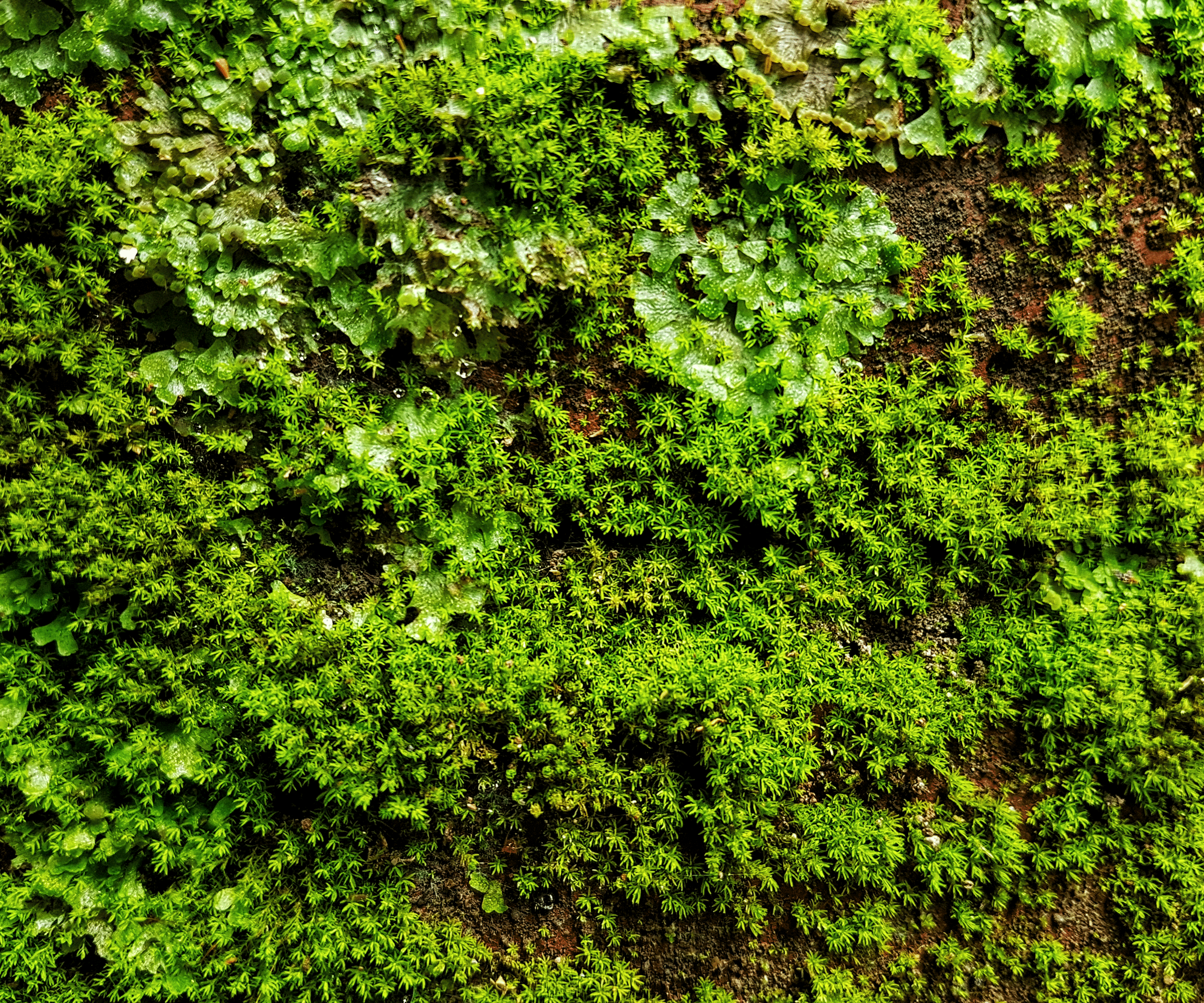
Moss covered facades are synonymous with eco-brutalist buildings, adding a layer of soft, natural texture to concrete and other built surfaces. If you're fascinated by the idea of how to grow moss it may soon become your go-to choice if you're keen to explore eco-brutalist landscaping ideas.
Thriving in dank and shady places where other plants generally fail, moss partners well with ferns too. There are different types of moss to grow according to your USDA zone. Look out for popular varieties like pincushion moss (zones 4-9) and fern moss (zones 3-9), which are available online and at garden centers. Find a fern moss starter kit here at Walmart.
If you already have moss growing in your garden you can transplant some of this to a new location. If the conditions are right it will soon spread. Keep your newly-transplanted moss moist for the first couple of weeks until it becomes established.
4. Muehlenbeckia
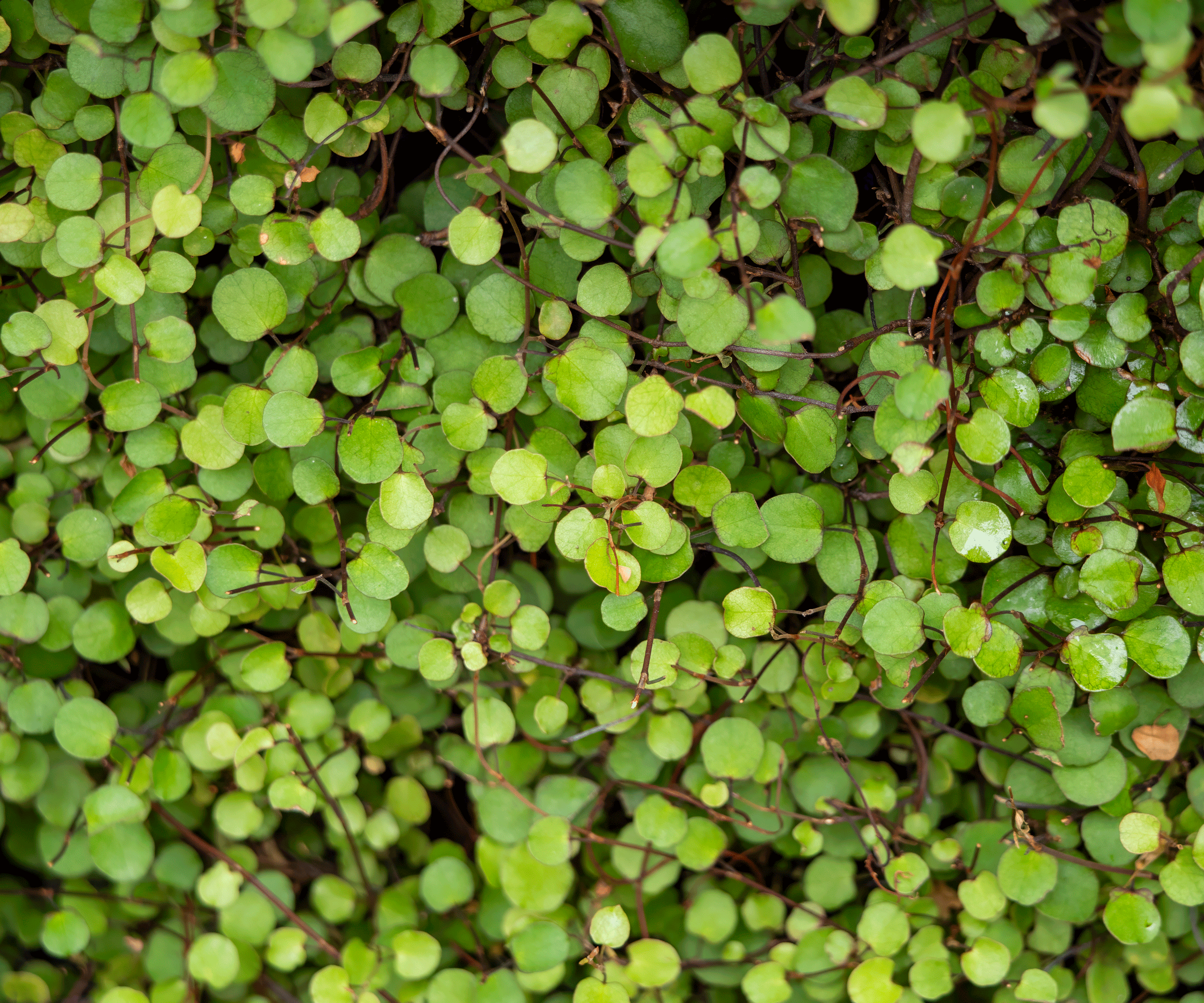
An ornamental creeping vine that's ideal for urban courtyard gardens, the different varieties of Muehlenbeckia are characterised by their round glossy leaves on thin, black, wiry stems. Hardy in zones 6-11, this scrambler is invaluable if you want to cover a wall fast.
Also known as wandering wire vine, it's easy to see how this plant gets its name. Some types are prostrate and form mats as much as three feet across, while others twine up buildings and can reach as high as 30 feet.
This vine will require occasional maintenance and upkeep, as well as keeping under control because of its spreading habit.
If you like the eco-brutalist idea of 'hanging gardens' Muehlenbeckia is a good choice for this because of its trailing habit.
5. Carex
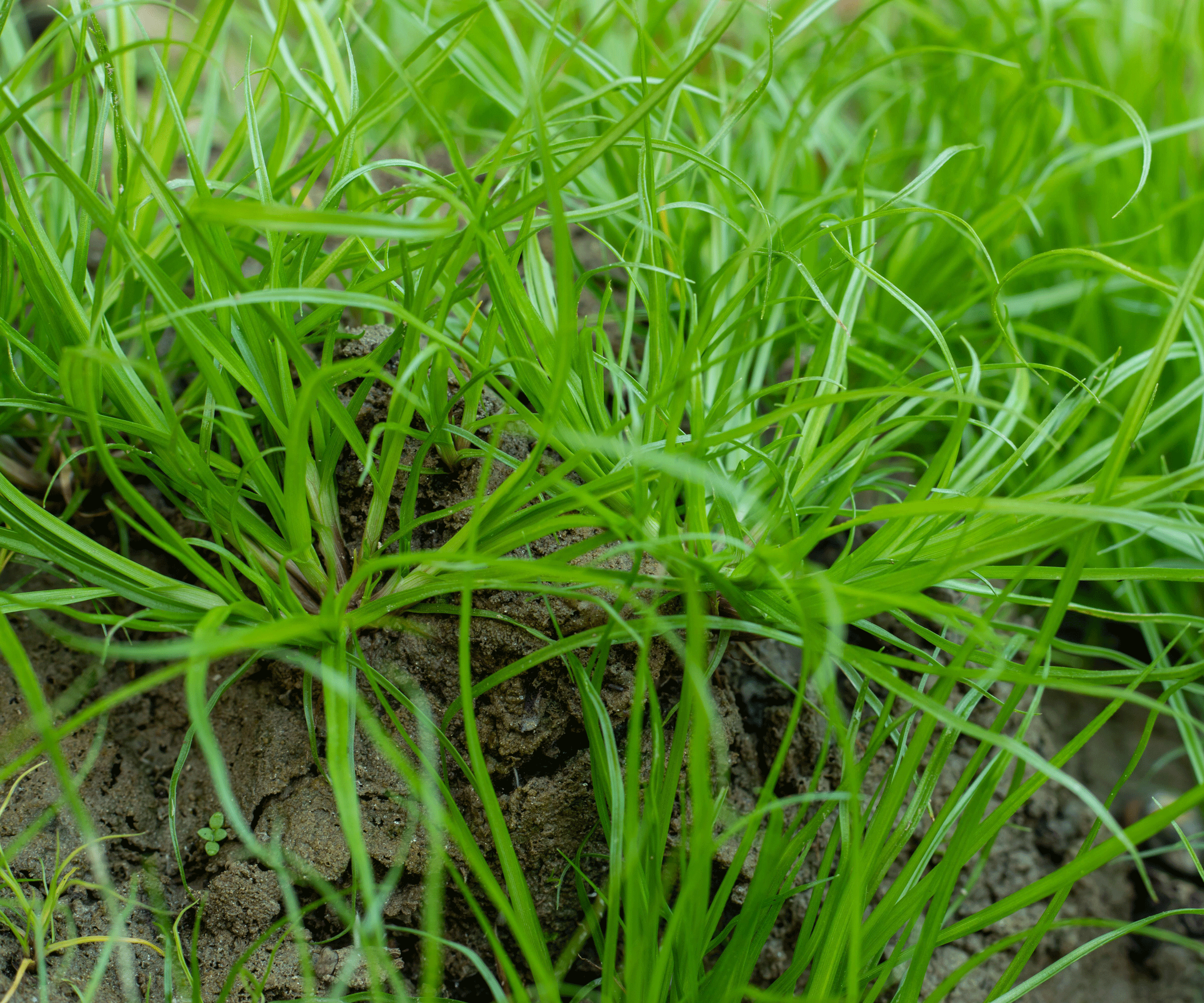
Native varieties of ornamental grass-like Carex form attractive fountain-shaped mounds, adding texture and beauty to shady places, and making ideal partner plants for ferns. Most varieties are suitable for USDA zones 4 to 9.
Look out for North American native Carex muskingumensis (pictured above), which has slender foliage that forms palm-like spays, creating a slowly spreading mound that has flowers in summer.
The fine textured leaves of Carex are good for greening up gray, especially as they are mostly evergreen. For this reason, plus the fact they are low-maintenance and undemanding, they are a go-to living wall plant. Native Carex species are valuable wildlife garden ideas too, providing food and habitat for many creatures.
Well that's a wrap on eco-brutalism. Now discover some more trending garden landscaping ideas to give your space the edge, including xeriscaping and naturalistic planting design, as well as chaos gardening ideas.
Sign up to the Homes & Gardens newsletter
Design expertise in your inbox – from inspiring decorating ideas and beautiful celebrity homes to practical gardening advice and shopping round-ups.
Lifestyle journalist Sarah Wilson writes about flowers, plants, garden design and gardening trends for Homes & Gardens. She has studied introductory garden and landscape design and floristry, and also has an RHS Level 2 qualification in the Principles of Plant Growth and Development. She is a regular contributor to Homes & Gardens and Livingetc. She has also written for Real Homes, Modern Gardens and Country Homes & Interiors magazines.
You must confirm your public display name before commenting
Please logout and then login again, you will then be prompted to enter your display name.
-
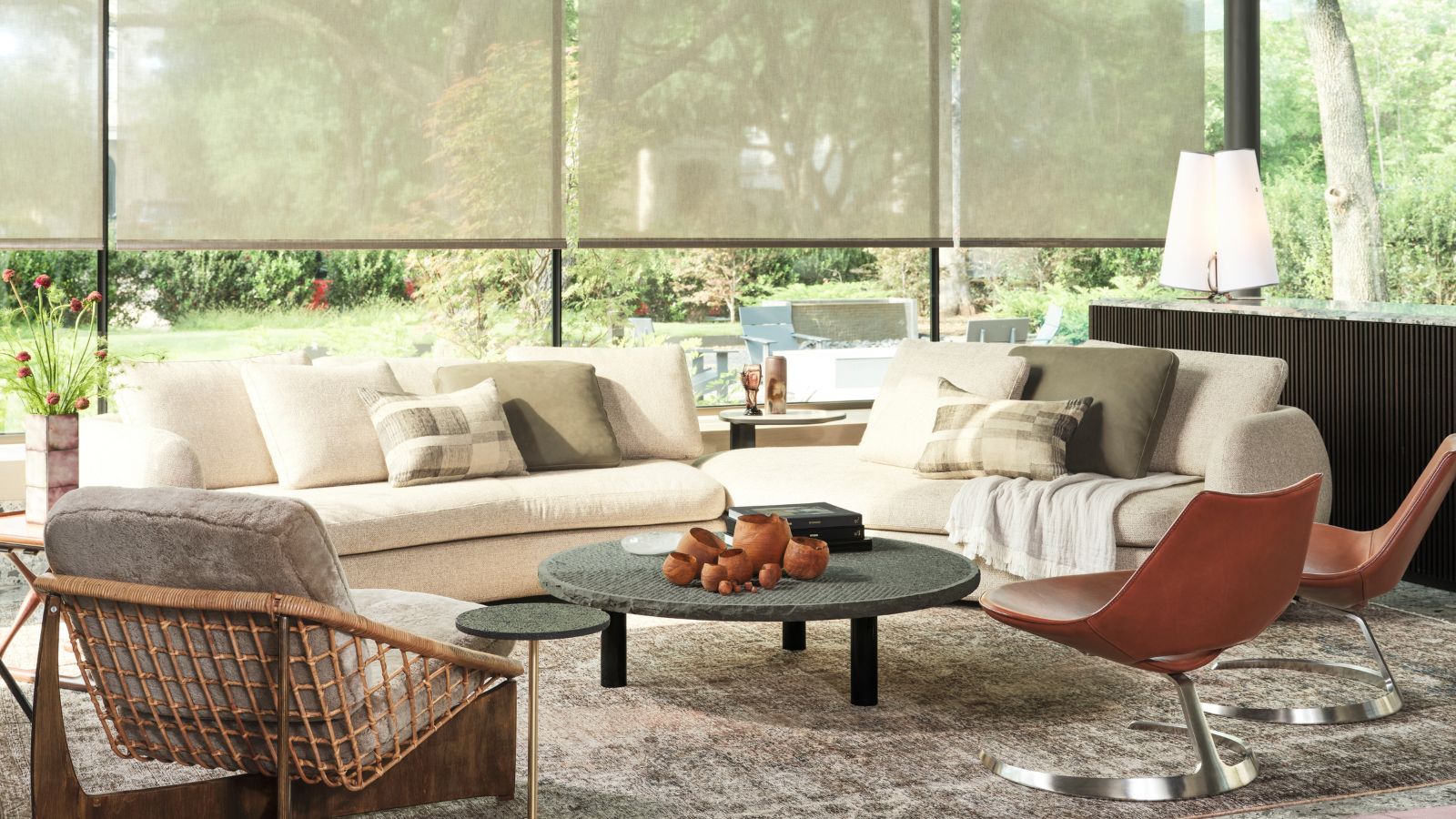 Thoughtful modernism – how one Dallas home makes bold contemporary design feel warm, welcoming, and comfortable
Thoughtful modernism – how one Dallas home makes bold contemporary design feel warm, welcoming, and comfortableWith its mix of textural finishes and carefully curated furnishings, this modernist home is a refreshing retreat
By Karen Darlow Published
-
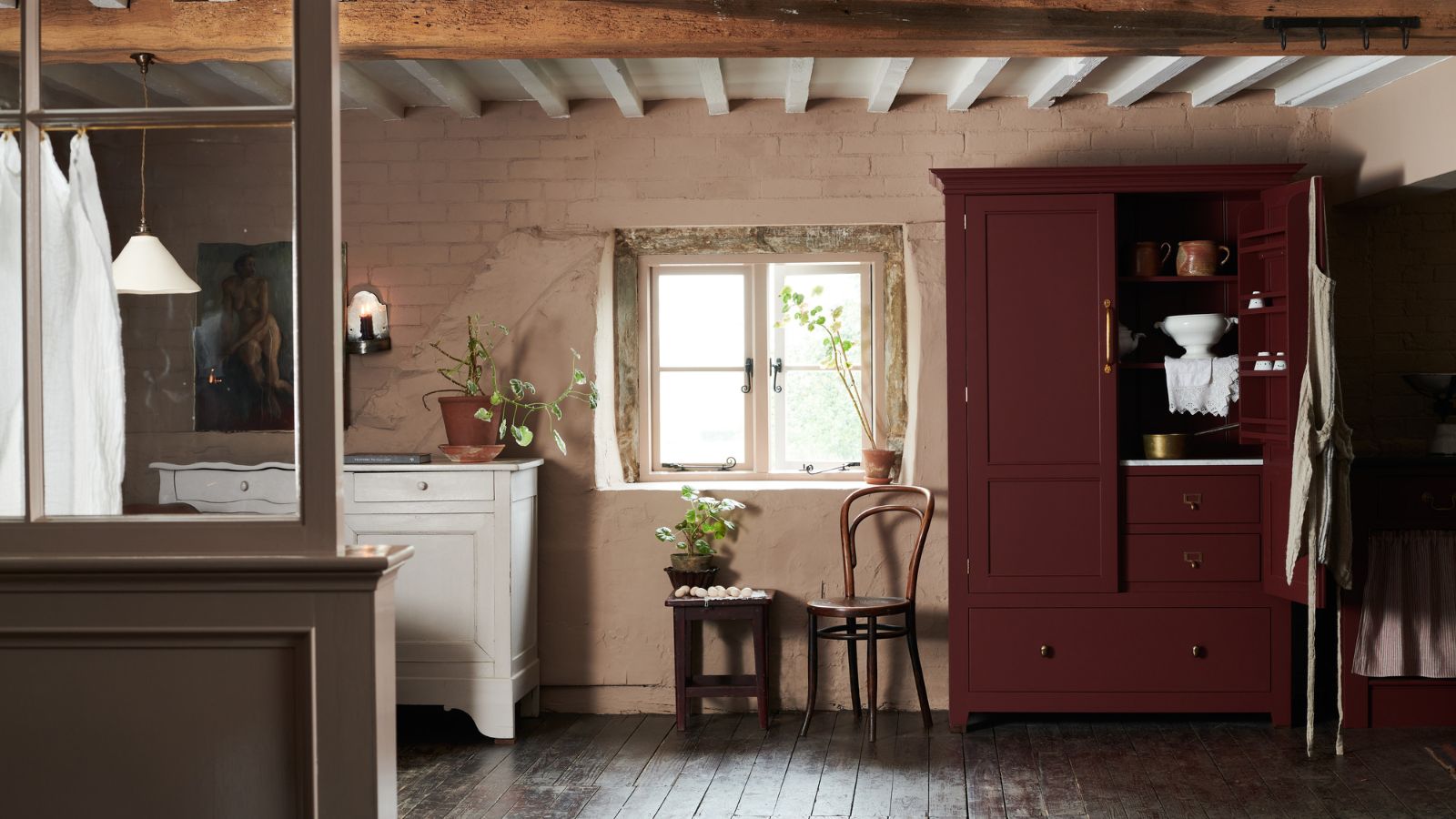 'Wick away the ick' – 6 things people with clean laundry rooms always do to make this hardworking space shine
'Wick away the ick' – 6 things people with clean laundry rooms always do to make this hardworking space shineThese tips on how to clean your laundry room will banish grime
By Seraphina Di Mizzurati Published